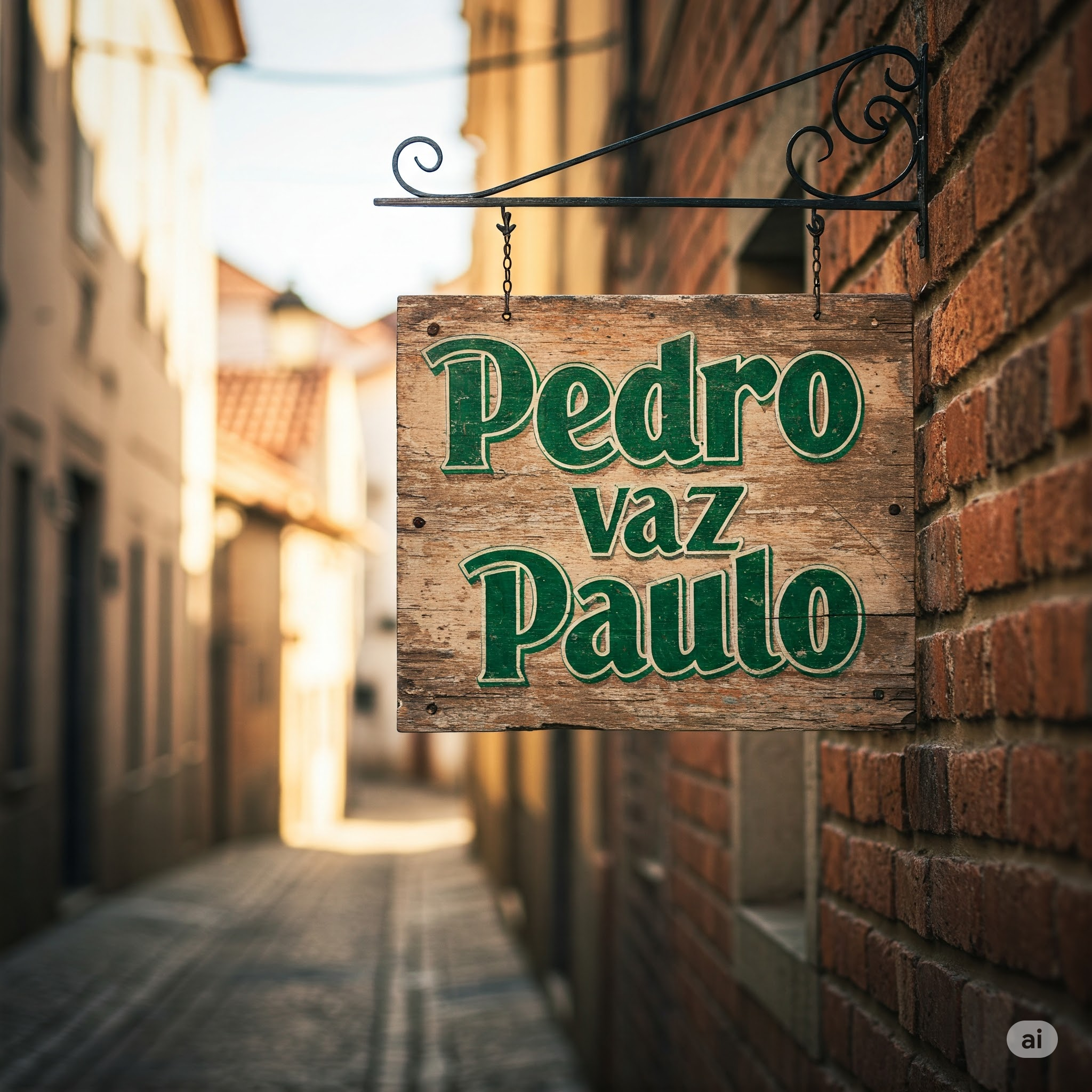Leafs or Leaves Mastering the Plural of Leaf in English
Introduction
The English language is full of puzzling rules, and one frequent point of confusion is whether to use leafs or leaves. If you’ve ever paused mid-sentence wondering which word is right—leafs or leaves—you’re not alone. This article dives deep into the difference between leafs or leaves, explaining when each is appropriate and why it matters.
Understanding whether to say leafs or leaves is more than just a grammar issue—it’s about knowing how language evolves. This guide will explore the grammar rules, historical usage, exceptions, and even popular cultural references related to leafs or leaves. By the end, you’ll know exactly when to use leafs or leaves with confidence.
Understanding English Pluralization Leafs or Leaves
One of the first things English learners ask is, “Is it leafs or leaves?” To answer that, we must explore how English typically handles pluralization. Most words simply add “-s” or “-es,” but leafs or leaves represents a case where the spelling changes entirely.
The correct plural for “leaf” in standard English is leaves. So, when you’re describing foliage falling from a tree, it’s always “the leaves are changing color,” not “the leafs.” However, confusion arises with leafs or leaves due to exceptions and branded terms.
Why does “leaf” become “leaves”? Words that end in “-f” often change to “-ves” when pluralized, as in “knife” to “knives” or “loaf” to “loaves.” This linguistic transformation explains why in the leafs or leaves debate, “leaves” is the grammatically correct choice in most cases.
So, when you’re writing about nature, trees, or gardening, remember: between leafs or leaves, the right word is almost always “leaves.”
Common Usage of Leafs or Leaves in Language
When it comes to everyday English, using leafs or leaves correctly makes a significant difference. If you’re discussing plants or the seasons, “leaves” is the form you’ll use 99% of the time. For example, “The leaves are falling from the oak tree” is correct, while “The leafs are falling” is not.
The phrase leafs or leaves often comes up in classrooms, writing forums, and even casual conversations, especially when people are uncertain about irregular nouns. In fact, many writing tools and grammar checkers will automatically flag “leafs” as incorrect unless it’s used in a very specific context.
The confusion around leafs or leaves isn’t unfounded. English has many irregular nouns that challenge even native speakers. Knowing how to navigate leafs or leaves not only improves your grammar but also boosts your writing credibility.
Whether you’re crafting an essay, posting on social media, or writing a poem, the decision between leafs or leaves matters. And most of the time, “leaves” is the right answer.
When Leafs Is Actually Correct The Toronto Maple Leafs
While “leaves” is almost always correct, there is one instance where “leafs” is intentionally used—and that’s in the name of the NHL team, the Toronto Maple Leafs. This is where the leafs or leaves confusion turns into a matter of branding rather than grammar.
The Toronto Maple Leafs aren’t breaking the rules because they don’t care about grammar; they’re making a stylistic and cultural choice. In the world of sports branding, leafs or leaves becomes a matter of identity. The team name was chosen during the early 20th century to reflect a sense of national pride. They deliberately used “Leafs” rather than “Leaves” to sound bold and unique.
This exception to the leafs or leaves rule often surprises people. However, proper nouns—like names of teams, companies, or brands—are allowed to break traditional grammar rules. In fact, this bending of rules often makes them more memorable.
So if you’re ever confused about leafs or leaves, remember: “Leafs” is acceptable only when you’re talking about the Toronto Maple Leafs. For everything else, “leaves” is the way to go.
Grammar Tips to Avoid Confusion Between Leafs or Leaves
To avoid making mistakes with leafs or leaves, it’s important to memorize some quick grammar tips. First, always use leaves when you’re referring to multiple foliage items. That rule applies in formal writing, scientific contexts, literature, and casual conversation.
The only time “leafs” is correct in the leafs or leaves conversation is when it’s used as a proper noun, such as the Toronto Maple Leafs. That exception makes this topic both interesting and a little tricky.
For those learning English or improving their grammar, repeated exposure to words like leafs or leaves helps. Flashcards, writing practice, and grammar games can reinforce correct usage. You can even bookmark examples of proper usage online or create a list of irregular plural nouns similar to leafs or leaves.
It also helps to write example sentences. Try this one: “I watched the leaves flutter in the wind.” Or: “The Toronto Maple Leafs won last night.” This comparison makes the rules around leafs or leaves easier to internalize.
In short, the best way to master leafs or leaves is to read more, write often, and pay attention to context.
Contextual Use of Leafs or Leaves in Writing and Speech
The context in which you’re using leafs or leaves greatly affects which word is appropriate. For instance, scientific documents, botanical journals, and nature essays should always use “leaves.” There is no flexibility here—grammar and correctness matter.
In sports journalism, on the other hand, the word “Leafs” is perfectly acceptable. Headlines like “Maple Leafs dominate the playoff opener” are common. This context-based flexibility is what makes leafs or leaves a great example of how English grammar can both follow rules and creatively break them.
Even in literature and song lyrics, where figurative language is welcome, “leaves” still reigns. Whether describing the beauty of fall or the passage of time, writers choose “leaves” to maintain poetic fluency.
Meanwhile, in online forums or casual chats, you might see both leafs or leaves used interchangeably—often incorrectly. That’s why it’s crucial to develop a strong understanding of when each form is right.
By paying attention to the audience and platform, you can confidently choose between leafs or leaves and maintain both clarity and correctness in your writing.
Conclusion
The question of leafs or leaves is more than just a grammar puzzle—it’s a window into how language functions in both rule-bound and rule-breaking ways. The standard, grammatically correct form is “leaves” when referring to foliage or plural versions of “leaf.” Meanwhile, “leafs” exists as a unique, culturally accepted exception thanks to the Toronto Maple Leafs.
Understanding leafs or leaves helps sharpen your grammar, enhance your writing, and appreciate how language adapts to different contexts. Whether you’re a student, a writer, or a curious learner, knowing when to use leafs or leaves ensures you’re always communicating with precision.
So, next time you’re writing about trees or hockey teams and wondering if it’s leafs or leaves, you’ll have the answer—and the confidence—to choose the right word.
FAQs About Leafs or Leaves
What is the correct plural of “leaf”?
The correct plural is “leaves.” In the leafs or leaves debate, “leaves” is grammatically correct.
When is “leafs” acceptable to use?
“Leafs” is acceptable only when referring to the Toronto Maple Leafs hockey team.
Why do people get confused about leafs or leaves?
The confusion arises because “leafs” looks like a regular plural, but “leaf” is actually an irregular noun. The name of the sports team adds to the complexity.
Are there other nouns like leafs or leaves?
Yes! Other irregular plural forms include “knife/knives,” “loaf/loaves,” and “wolf/wolves.” Like leafs or leaves, these involve changing the “f” to “v.”
How can I remember the correct form in leafs or leaves?
Use “leaves” for foliage and nature. Use “Leafs” only when referring to the NHL team. Think: grammar = “leaves,” hockey = “Leafs.”








Post Comment